This building at 209 N. Talbot St. in St. Michaels began its life as a schoolhouse until John S. Hambleton, a blacksmith, bought the property in 1871 and altered the building to become his residence. The Victorian style, two-story, three-bay frame house has a front porch with a gable centered over the second story middle window that breaks the eave line. Across the street from this property is the first of several houses built with brick facades from the local brickyard established in 1873.
These four buildings were later unified to become the Five Gables Inn. A year and a half ago, sisters and native Washingtonians Allie Blain and K.C. Lager, and DC based developer and owner Mihran Erkiletian, purchased the properties and transformed the four buildings of the former Inn into a boutique hotel. They were very ably assisted by the design and construction team of architect Charles Goebel and contractor James Sebastian of Alchemyworks. On the day of my tour, General Manager Brian Ball explained the clever names for the hotel and restaurant that ground it to its location in St. Michaels. I learned that “Wildset” refers to a group of wild oysters and I realized “Ruse” is a nod to “the Town that fooled the British.”
Before touring the buildings, I explored the site amenities that include the main house ‘s front porch, with perfect front row seats to watch the Christmas parade and the rear lawn’s firepit surrounded by Adirondack chairs that is a quiet nocturnal spot to create Smores from kits provided by the Hotel. Future plans include a pool.
Across the street, a new pergola shaped portal between two of the three buildings in the Annex frames “The Garden”, a grassy spot for morning yoga or that second cup of coffee from the Main Building’s Sundry and Coffee Shop. Behind the portal are thick wood posts on each side connected by strings of discreet small bulbs that must cast a magic spell at twilight. The Garden ends at a paved parking area between the Annex buildings and an historic one-level outbuilding whose original use was the Milk Truck Garage.
The building is undergoing renovation to become an event space for patrons of the Hotel or private events for a maximum number of 75 attendees. The space is open to the underside of the ceiling and sunlight will filter in from the shed dormer infilled with windows at the rear wall, the side windows three windows and a new pair of French doors at the entry. Since the rear wall of the building is located very close to the street, the windows at the rear are set high above the floor to block the views of the cars. At the front of the building, there are two entry doors, one for event patrons and another door that opens into the catering staging area.
As I walked back to the main building for my tour, I admired how the original Inn building’s “L” shape was seamlessly modified by the addition to the east that infilled the space with a two-story part facing N. Talbot St., set back in deference to the original three-bay building. Behind this two-story area is a one-story space. The former space contains two new guest suites and the latter is the Ruse restaurant.
The front door opens into the reception, coffee bar and retail area with a cased opening into a hall with restrooms on the exterior wall and a delightful mural above a shiplap wainscot.
I paused to savor the black and white mural’s kinetic design of swimsuit clad figures in various positions of movement or rest and how the scale of the artwork was prefect for the hall width. So much more creative than a row of framed artwork! I also admired the stylish white oak floors throughout the building, the accents of white shiplap walls and wainscots and how the white trim in the public spaces becomes black along the guest room corridors.
The hall opens into the spacious side guest entry lobby from the parking area, convenient for guest check-in. At the interior wall, double sets of single run stairs access the second floor guest suites.
The guest entry lobby ends at a perpendicular hall to access four guest suites. Brian opened the door to the corner suite and being an admirer of Scandinavian design, I loved the room’s neutral palette and modern furnishings, including a wall of built-ins accommodating a mini fridge, low bench for suitcases, TV and stovepipe open fireplace. Shiplap wainscot covers the wall above the bed and Brian explained the colors alternate between creamy white and black for the guest rooms. This suite opens onto a deck covered by the balcony above. I made a mental note to reserve this quiet room in the fall for a quick path to the firepit for evening smores.
Retracing our steps, Brian led me to the addition part of the building with the interior entrance next to the front reception area. A very short hall ends at Ruse Restaurant’s reception area, with an exterior door to the outdoor dining terrace. This delightful space is festooned with wood columns supporting strands of discreet small lights to match The Garden’s layout across the street. Ruse’s compact design placed both the Oyster Bar and the Full Bar at the interior walls, leaving the rest of the space for dining with rows of windows at the exterior corner walls.
Instead of built-in banquettes, continuous custom black wood benches topped with weathered leather cushions are placed under the window walls for transparency. I admired the other design touches of handmade ceramic pendants, the bar tops of soapstone and the oyster bar with a hand painted base. I made another mental note to meet friends soon for drinks in this charming space.
I have been in too many hotels that feature long and boring double-loaded corridors. As I climbed the stairs to the second floor, I quickly realized the circulation space is arranged in an “U” shape with short hall lengths that are sunlit and moonlit by two skylights next to the double stairs to the main floor. Like Goldilocks, the variety of room types would encourage me to book different ones until I found the one that was “just right”; but then, all of the rooms I saw were equally appealing! Most rooms have free-standing fireplaces, private balconies or terraces and some offer luxurious soaking tubs. The front rooms in the addition have the advantage of sloped ceilings that rise from the roof eave to follow the underside of the roof rafters above. The common “thread,” so to speak, is the crisp Parachute bedding along with cozy built-in seating and baths stocked with Grown Alchemist products.
Two visionary sisters plus one developer, combined with the architect-contractor team was a very successful formula for this unique boutique hotel in the heart of St. Michaels-bravo to the entire team!
Wildset, https://thewildset.com/, 410-745-8004 Interior Design by Allie Balin and K.C. Lager Architect: Charles Goebel, https://cpgoebel.com/, 410-820-9176. Contractor: James Sebastian, Alchemyworks, https://www.alchemy-works.net , 410-693-9049
Jennifer Martella has pursued her dual careers in architecture and real estate since she moved to the Eastern Shore in 2004. Her award winning work has ranged from revitalization projects to a collaboration with the Maya Lin Studio for the Children’s Defense Fund’s corporate retreat in her home state of Tennessee.
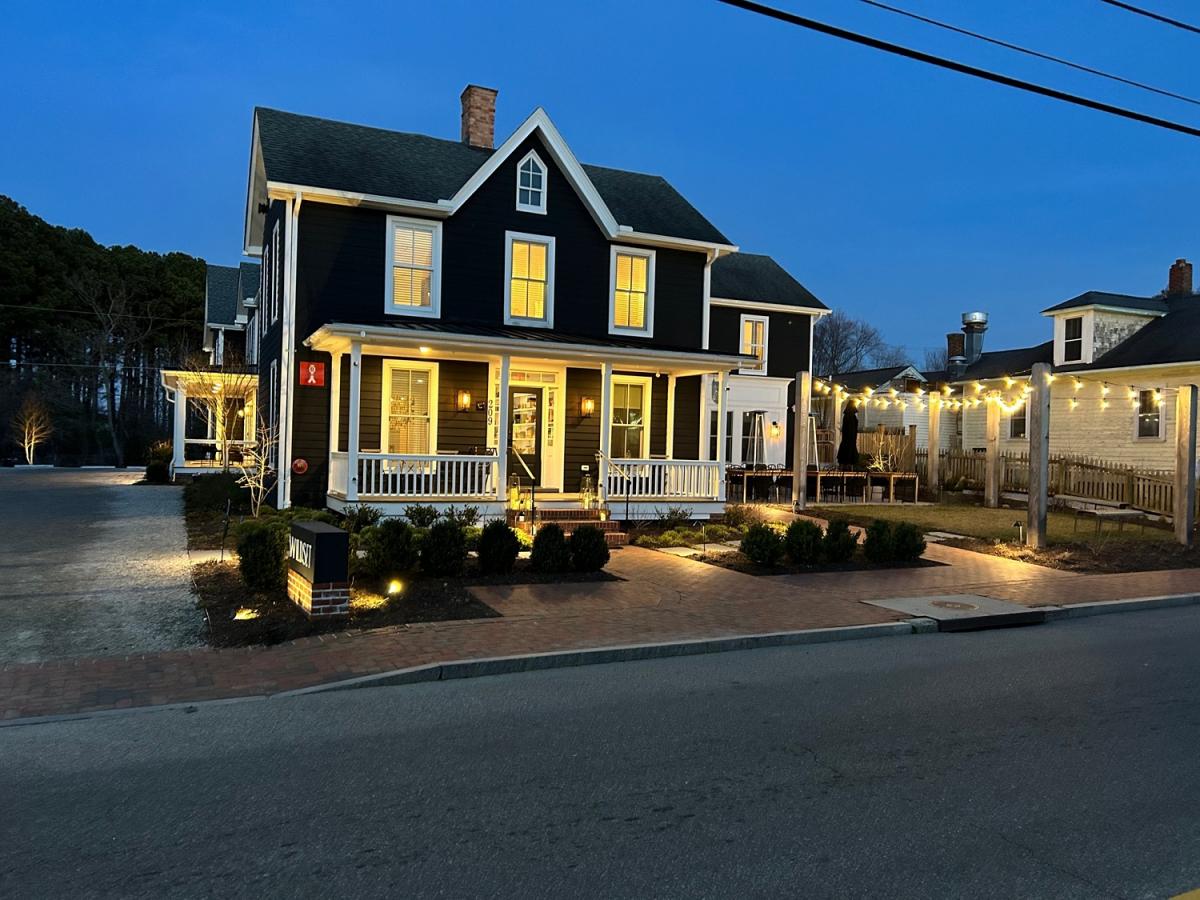




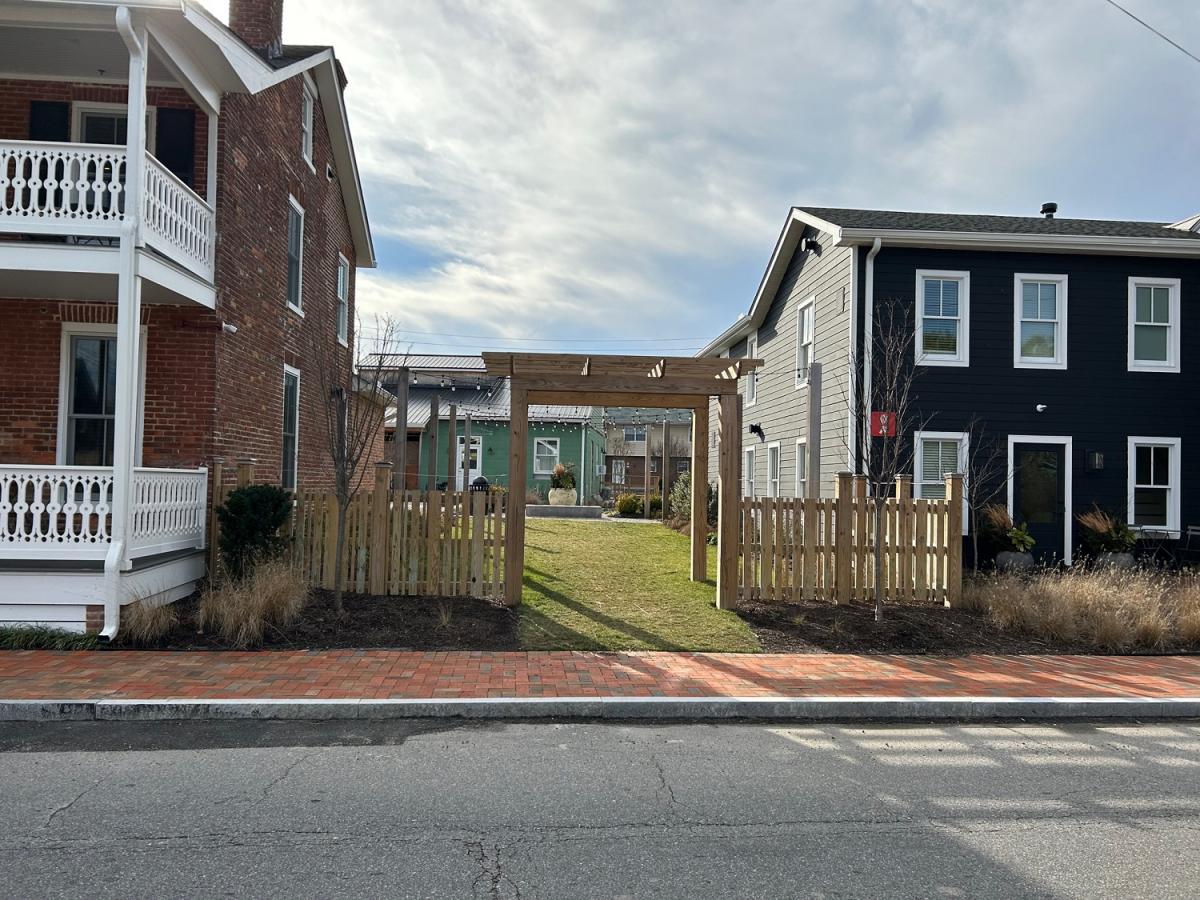
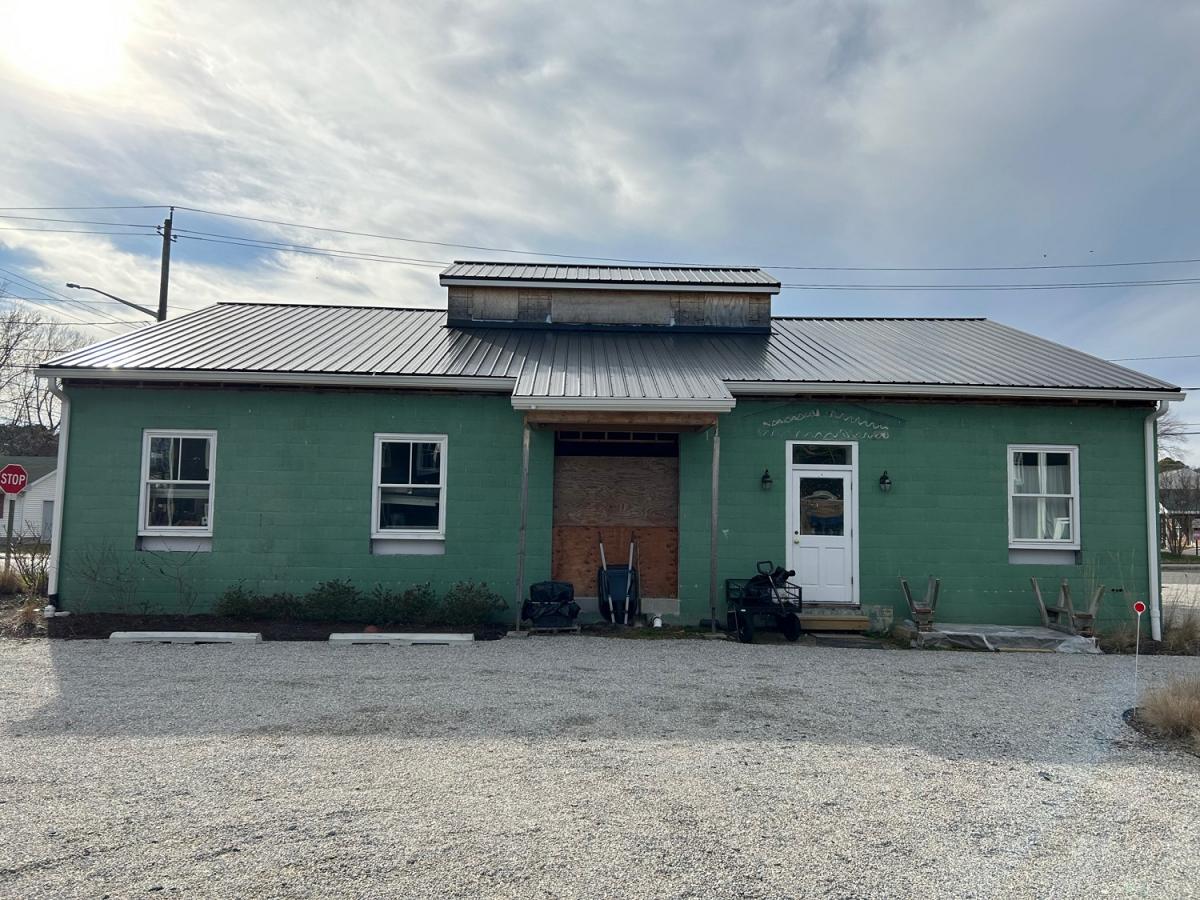
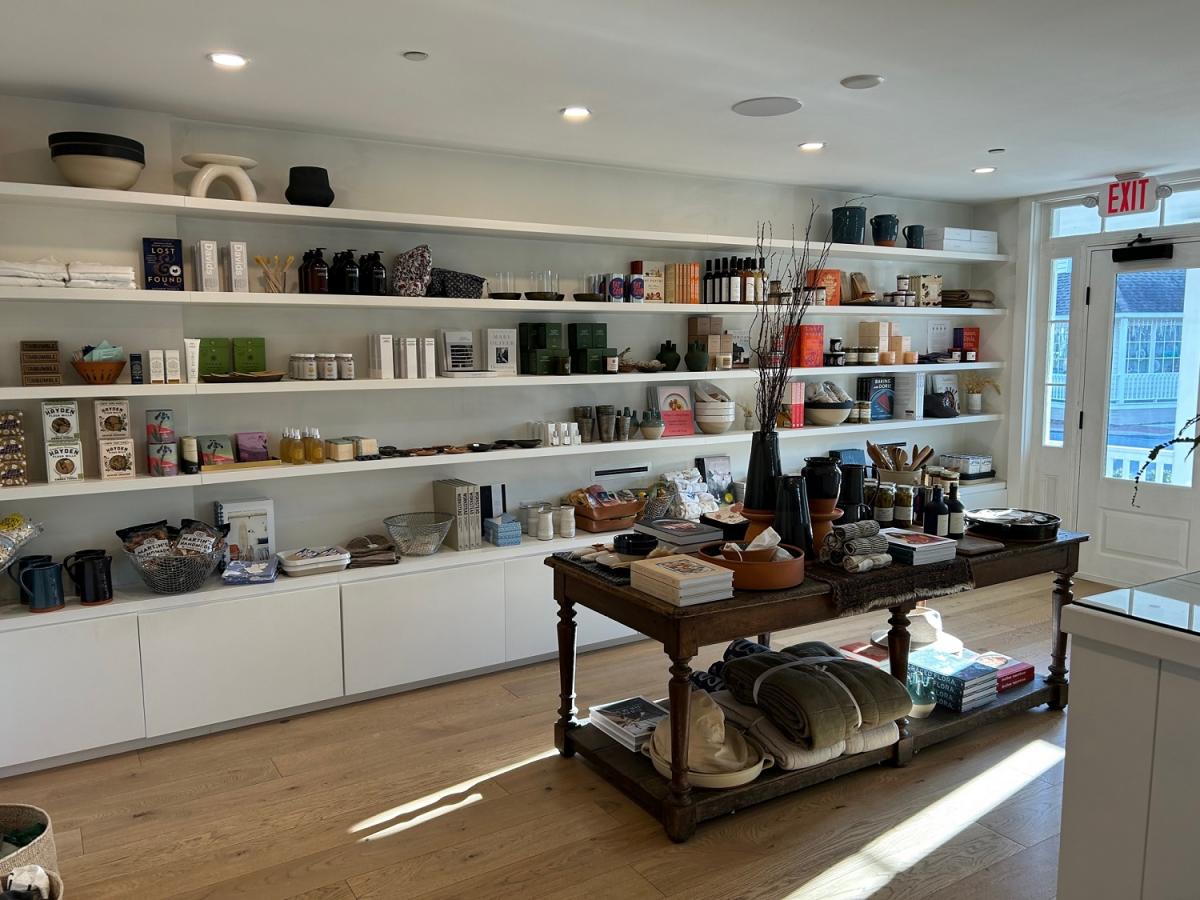
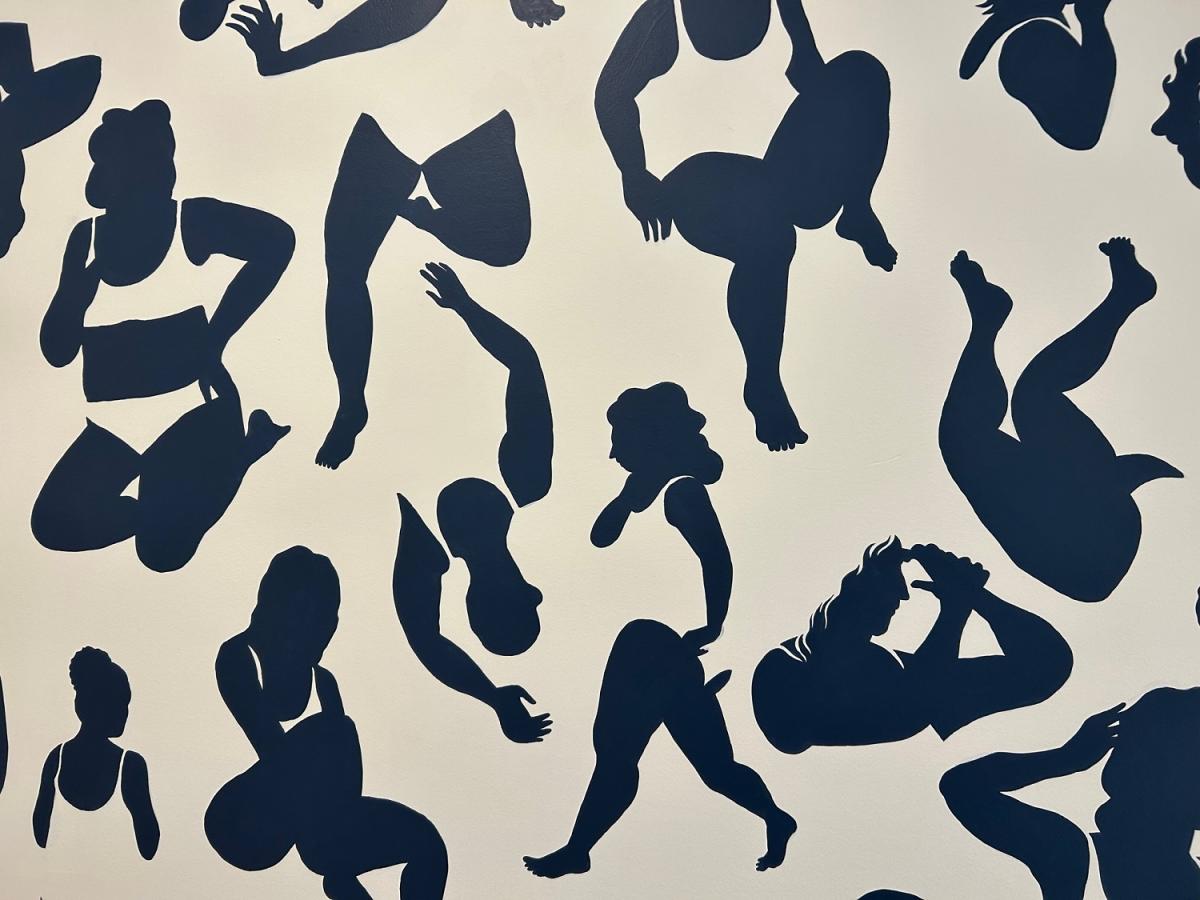
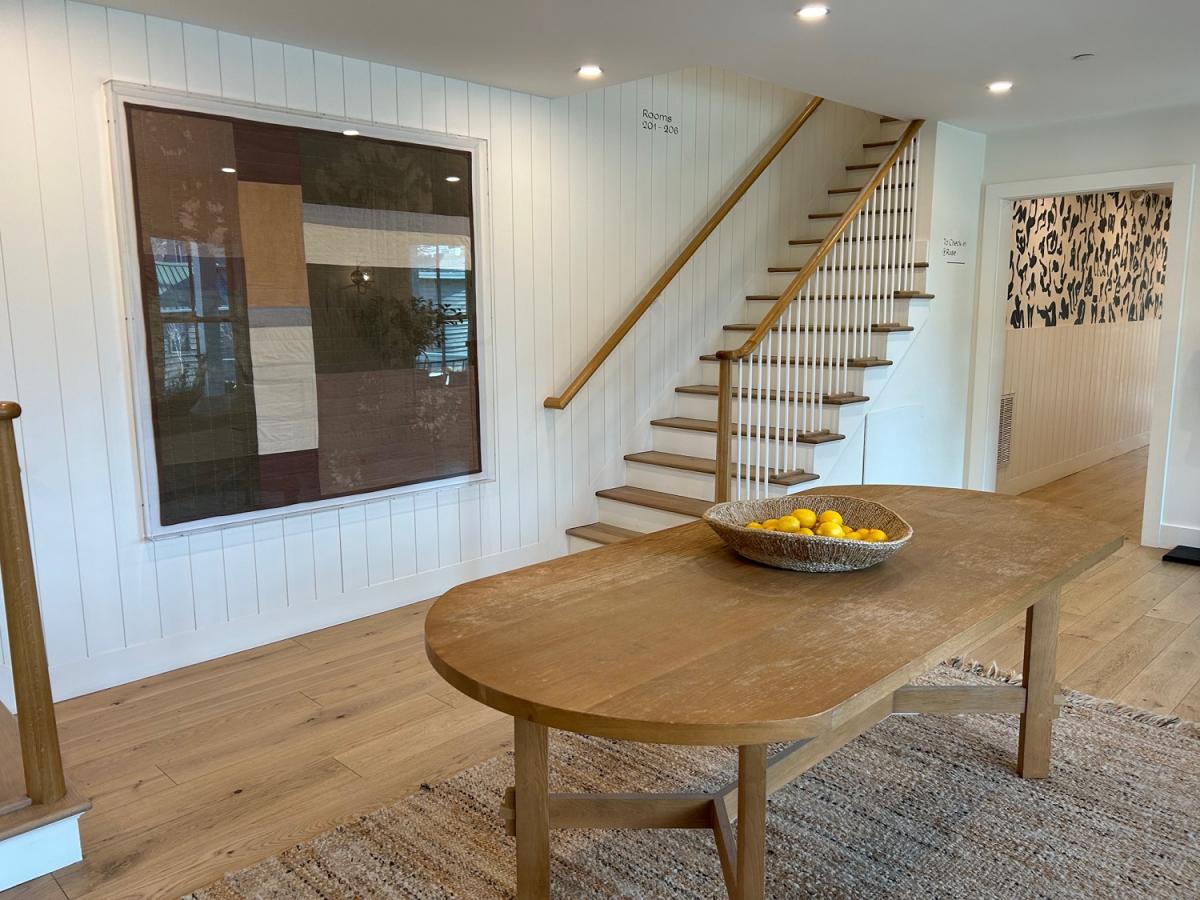
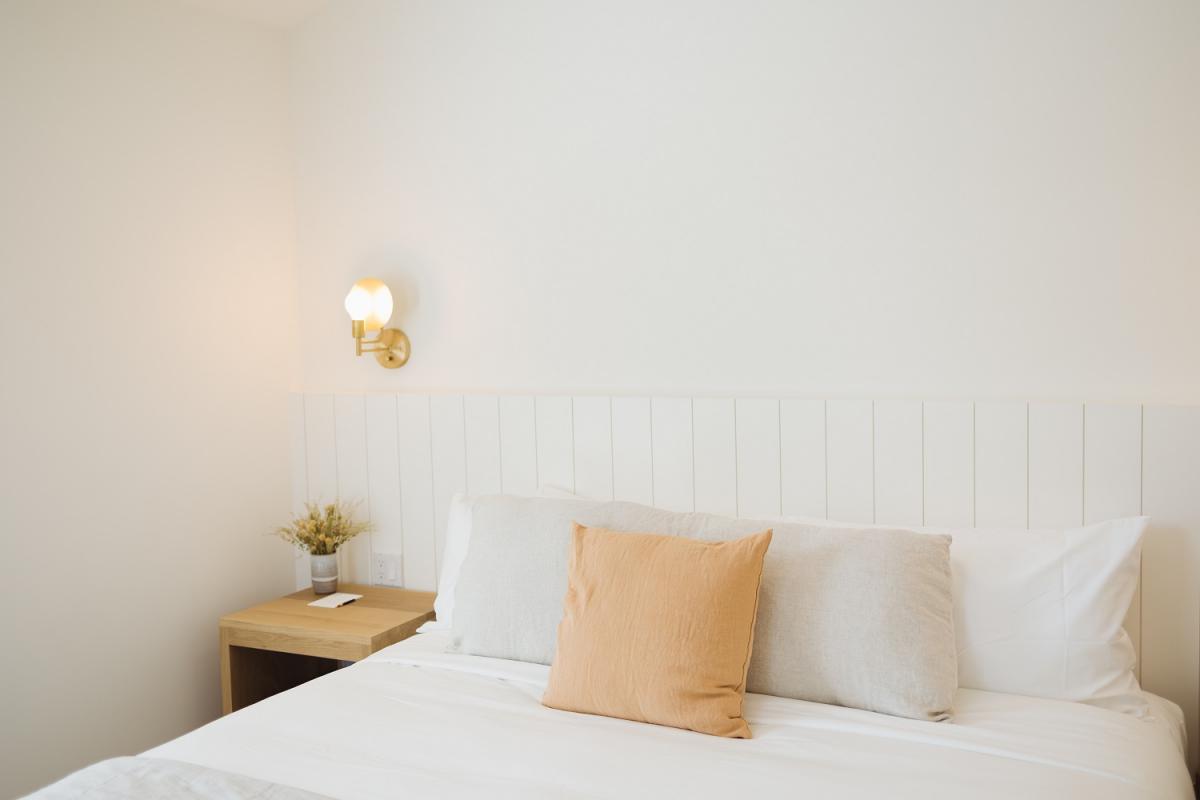
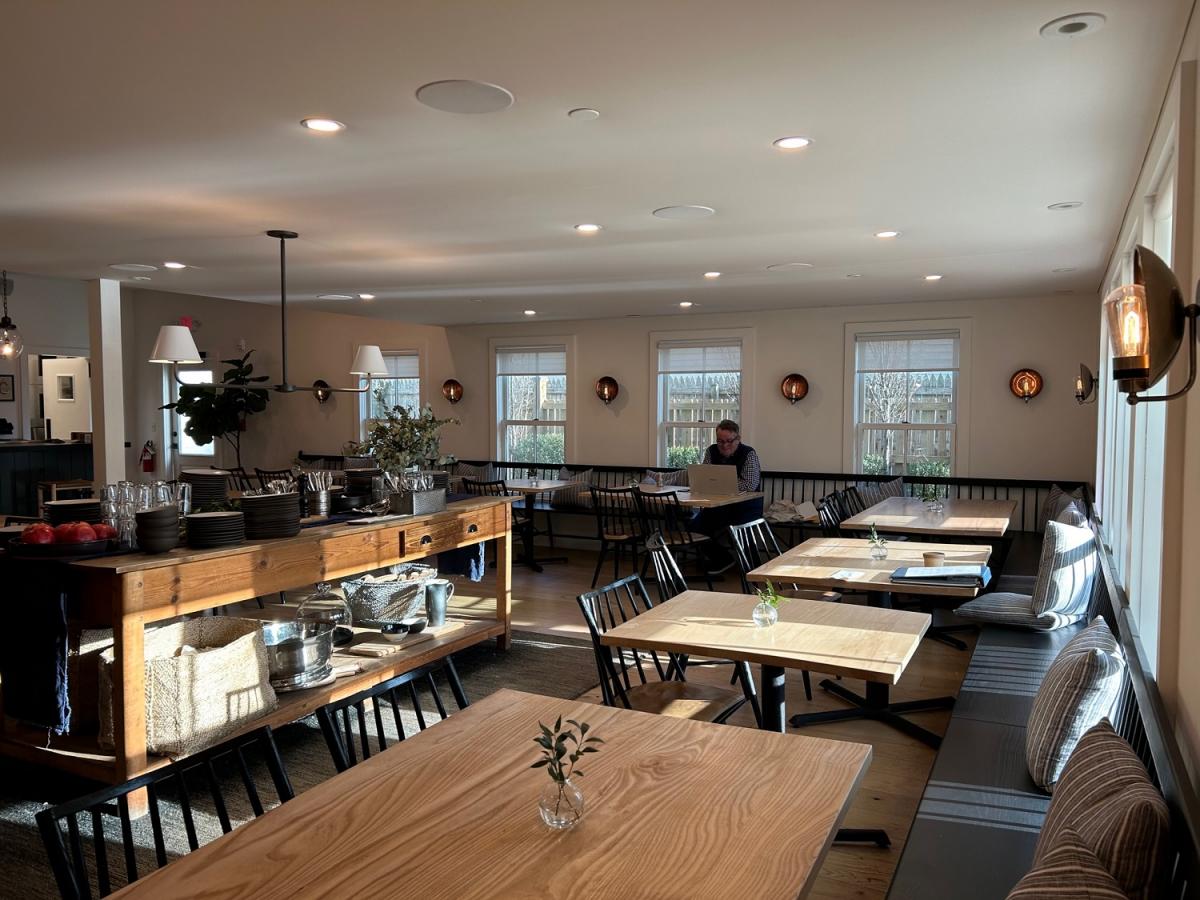
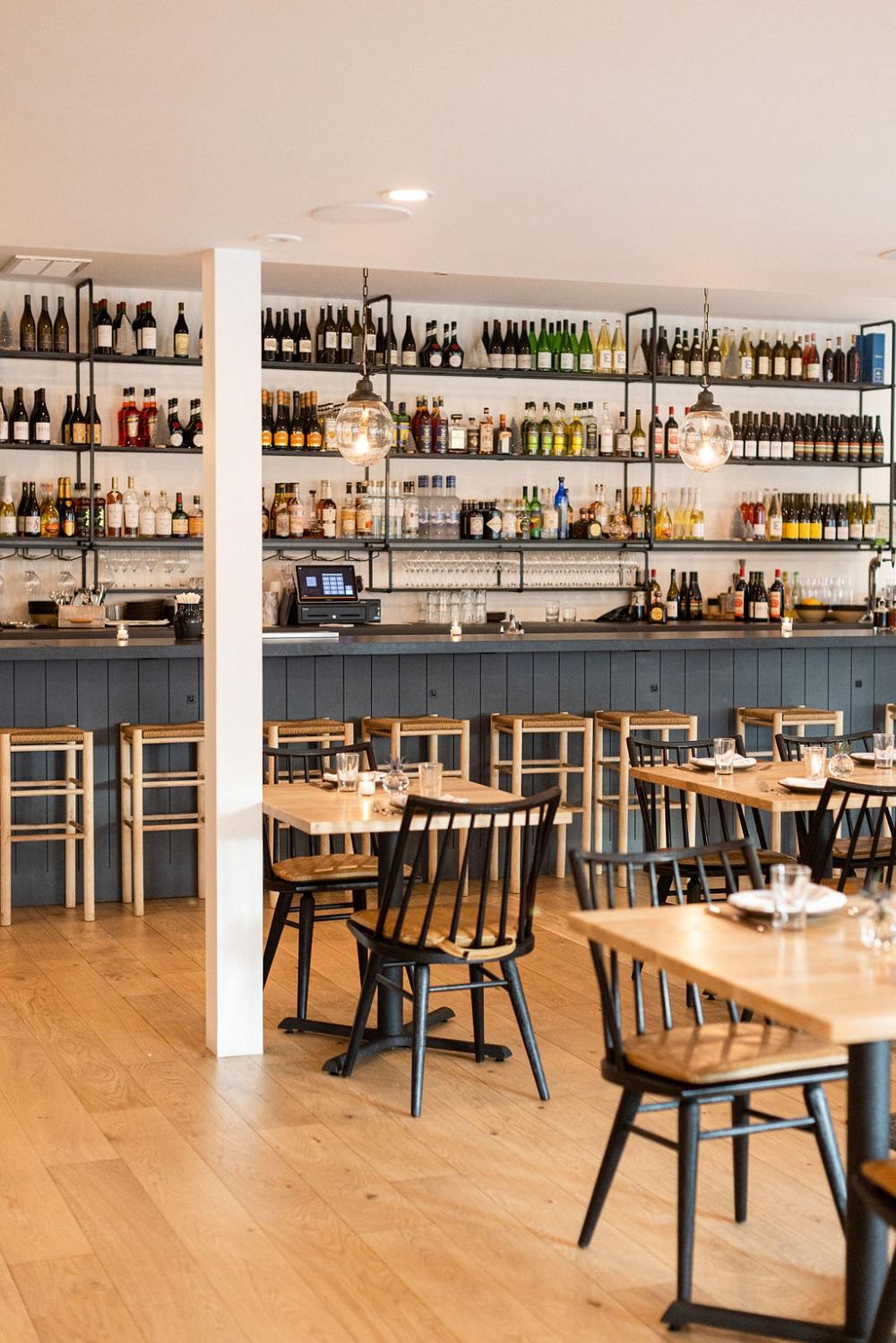
Write a Letter to the Editor on this Article
We encourage readers to offer their point of view on this article by submitting the following form. Editing is sometimes necessary and is done at the discretion of the editorial staff.